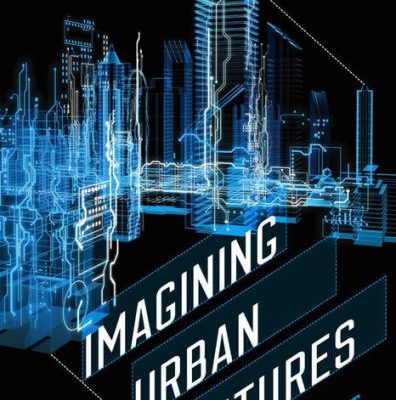[Reading Response: Carl Abbot]
The city in Sci-fi movies is somewhat an imagination of future city infrastructure, and it interacts with issues about ecology, economy and politic. Different city structures are meant to deal with various issues to raise humans’ life quality. Flying New York is to fight against rising sea level, Very Large Structure settling different functions at different levels is to host a large population, and the Distributed city is built with anticipation of the long-term climate change. Sometimes, the city structure is telling things about social management and conflicts underground. It can be seen in “Earth” indicated by Abbott(2016) in his

